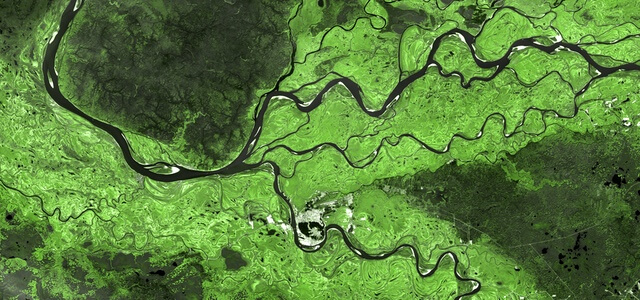Partnership for Early warning for all Africa: A country level example in Côte d’Ivoire
On 7 November 2022 at COP27, the United Nations Secretary General launched an ambitious plan to provide access to Early Warning Systems against increasingly extreme and dangerous weather, leaving no one behind by 2027. One third of the global population including 60% in Africa don’t have assess or use early warning systems and climate information services to make decision on how to address the risks posed by a changing climate. The establishment of the Multi-Hazard Early Warning System (MHEWS) that allows people to know that hazardous weather or climate events are on their way, and informs how governments, communities and individuals can act to minimize impacts. World Meteorological Organisation (WMO) has made an action plan with the estimated new targeted investments of USD 3.1 Billion over the five years would be used to advance the four key MHEWS pillars:
- Disaster risk knowledge -> systematically collect data and undertake risk assessments on hazards and vulnerabilities
- Observations and Forecasting -> develop hazard monitoring and early warning services
- Preparedness and response -> build national and community response capabilities
- Dissemination and communication -> communicate risk information so it reaches all those who need it, and is understandable and usable.
The ClimSA programme is contributing to the Early Warnings for All initiative (W4All initiative), by setting up the continental User Interface Platform for DRR supporting national establishment and operation of User Interface. The National Meteorological service of Ivory Coast presented during the meeting held in Abidjan 19 April to 20 April 2023 its effort to establish and operate national early warning and early action system.

